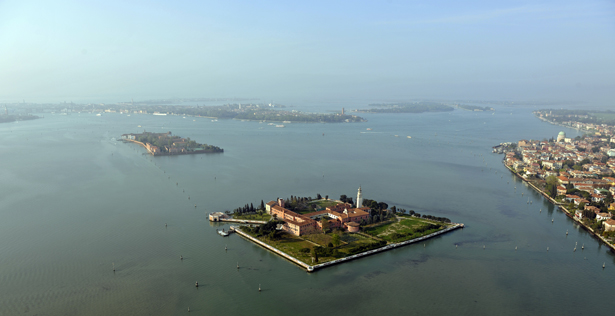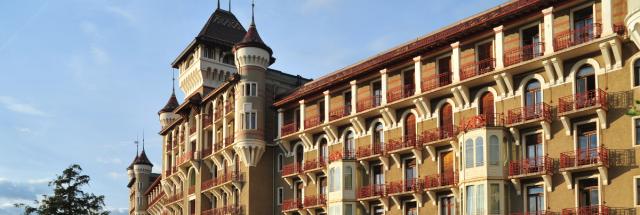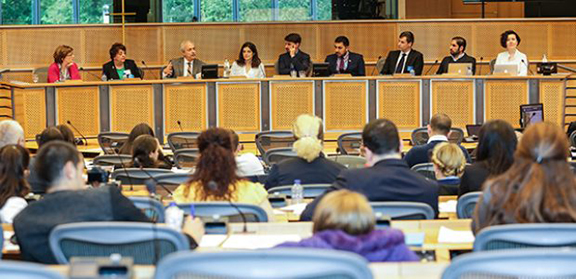Artists elected to the National Pavilion of the Republic of Armenia at the 2015 Venice Biennale have been announced. On the occasion of the 100th commemoration of the Genocide, the Ministry of Culture of Armenia has dedicated its pavilion to the artists of the Armenian Diaspora. Sarkis, from France and Turkey, and Hera Büyüktaşçıyan, from Turkey, are among the artists elected.
The pavilion will be curated by Adelina Cüberyan von Fürstenberg, and its curatorial concept will be ‘Armenity/Hayoutioun’. The pavilion will be located at the Mekhitarist Monastery on the Island of Surp Ghazar (San Lazarro degli Armeni). Eighteen Diaspora artists, who regardless of their place of birth, carry within their identity the memory of their origins, will meet around the theme of ‘Armenity’.
The press release explained the curatorial concept of ‘Armenity’ as follows: “The curatorial concept of armenity** implies the notion of displacement and territory, justice and reconciliation, ethos and resilience. (…) Through their talent and willpower, these grandchildren of survivors of the Armenian Genocide—the first genocide of the 20th century—rebuilt a “transnational assembly” from the remnants of a shattered identity. Their ingrained concern for memory, justice and reconciliation skilfully transcends notions of territory, borders and geography. Whether they were born in Beirut, Lyon, Los Angeles, or Cairo and wherever they may reside, these global citizens constantly question and reinvent their armenity.”
The artists elected for the exhibition are as follows: Haig Aivazian, Lebanon; Nigol Bezjian, Syria/USA; Anna Boghiguian Egypt/Canada; Hera Büyüktaşçıyan, Turkey; Silvina Der-Meguerditchian, Argentina/Germany; Rene Gabri & Ayreen Anastas, Iran/Palestine/USA; Mekhitar Garabedian, Belgium; Aikaterini Gegisian, Greece; Yervant Gianikian & Angela Ricci Lucchi, Italy; Aram Jibilian, USA; Nina Katchadourian, USA/Finland; Melik Ohanian, France; Mikayel Ohanjanyan, Armenia/Italy; Rosana Palazyan, Brasil; Sarkis, Turkey/France; Hrair Sarkissian, Syria/UK.
The exhibition will open on May 5, and will be accompanied by a catalogue in English and Armenian. The catalogue will include, in addition to curatorial texts, texts by each artist, and images and drawings of the works. A book of poetry comprising the work of 12 Armenian poets born after the Armenian Genocide and the Russian Revolution will accompany the catalogue.





